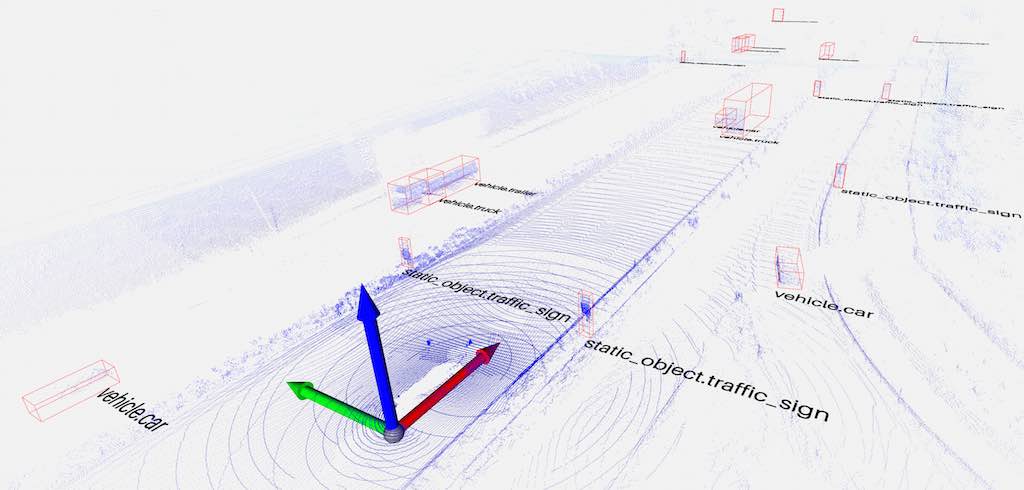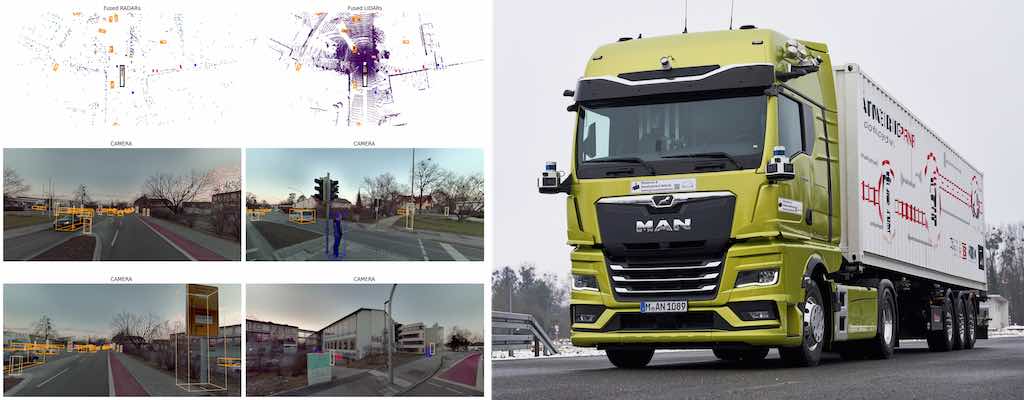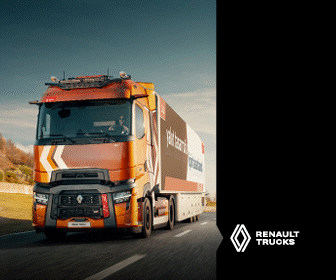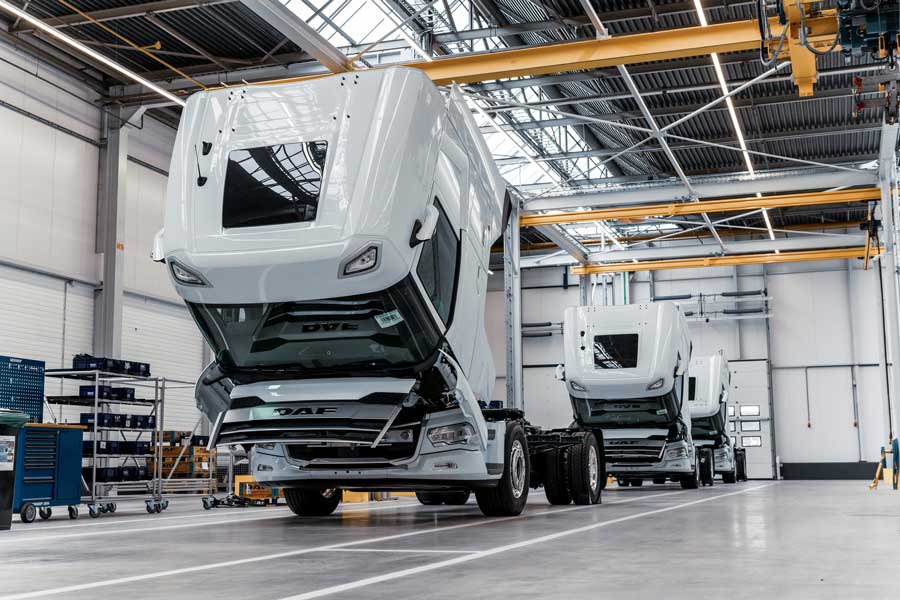MAN Truck & Bus is the first truck manufacturer to publish a 747-scene set of sensor and vehicle data from development drives for autonomous driving. The open exchange of such freely accessible and free data sets between different players, such as manufacturers, universities and software developers, who are working independently of each other on automated driving, accelerates development and promotes the standardization of data formats. It also enables a standardized comparison of results and methods as a reference for scientific studies and simplifies collaboration with external development partners. “Data sets such as MAN TruckScenes are an important resource for data-driven development. There are already numerous publicly available data sets for the passenger car sector. But not for the truck sector. With MAN TruckScenes, we are moving forward to fill this gap,” says Dr. Frederik Zohm, Executive Board Member for Research and Development at MAN Truck & Bus.
Development basis for autonomous hub-to-hub transportation
The data set now published by MAN primarily maps driving operations on German highways and associated feeder routes as well as driving operations in terminal environments. This covers the demand for so-called hub-to-hub transportation between logistics hubs, on which MAN is focusing as an application scenario for driverless driving. The sensor set consists of data from four cameras, six lidars, six radars, two inertial measurement units for determining the position in surrounding space (IMS) and high-precision global navigation satellite system (GNSS) data. MAN TruckScenes is the first data set to include 4D radar data with 360° coverage, making it the largest radar data set with an annotated 3D bounding box. When creating the 747 included scenes, attention was also paid to capturing different weather conditions. Scenes contained in the scope of the data set are divided into a training, test and validation data set. The scenes contain the sensor and vehicle data of a single driving sequence as well as the corresponding annotations. The annotations serve as a description of the driving situation and record the environmental conditions as well as markings for the objects around the vehicle. This in turn forms the basis for machine learning in the development of neural networks for autonomous driving. The use of public data sets also allows a standardized evaluation of the performance and quality of environment recognition for the fulfillment of the driving task. This also makes it easier to track continuous improvements in the performance of environment recognition. The MAN TruckScenes are available for download at the following address: https://www.man.eu/truckscenes

MAN Truck & Bus on the road to autonomous trucks
MAN is driving autonomous driving forward with various research and development projects. From 2018 to 2020, MAN developed and tested a driverless truck in container handling on the premises of the Port of Hamburg in a joint research and development project with Hamburger Hafen und Logistik AG. From 2019 to 2023, the ANITA project with partners Deutsche Bahn, Fresenius University of Applied Sciences and Götting KG focused on the complete digital integration of an autonomous truck into the logistics process of container handling from road to rail. And since 2022, MAN has been working with eleven partners in the ATLAS-L4 funding project to develop an autonomous truck for use in highway transport between logistics hubs. The project thus specifically addresses the law on autonomous driving passed in Germany in 2021, which already allows driverless driving on defined routes and with technical supervision. At the end of the project in 2025, practical test drives of the prototype with a safety driver on the highway are planned. Autonomous driving for trucks is set to enter series production at the end of the decade.










